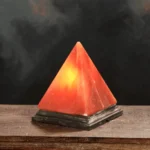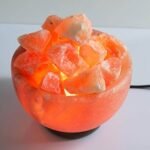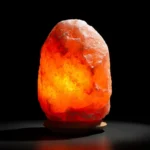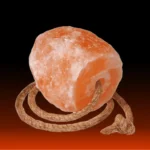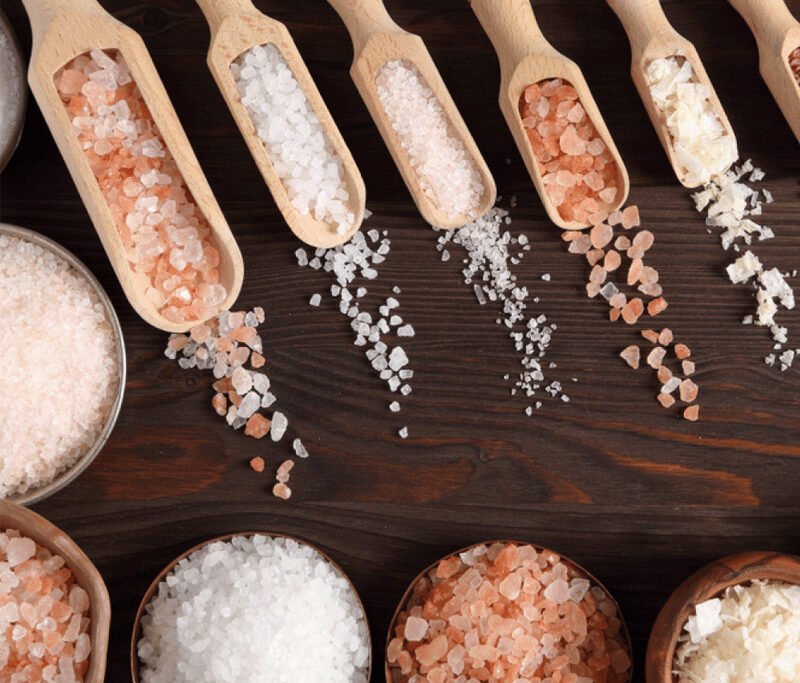What Is Himalayan Salt?
Himalayan salt is a type of rock salt that is mined in the Punjab region of Pakistan, near the Himalayas. It is often referred to as Himalayan pink salt due to its characteristic pink color, which is caused by the presence of trace minerals such as iron, magnesium, potassium, and calcium. The salt is extracted from mines in the Khewra Salt Mine, one of the world’s oldest and largest salt mines.
Key characteristics and aspects of Himalayan salt include:
- Composition: Himalayan salt is primarily composed of sodium chloride, like common table salt. However, it also contains trace minerals that contribute to its distinctive color and potential health claims.
- Color Variations: The color of Himalayan salt can range from light pink to deep red, depending on the concentration of minerals. The presence of iron oxide is responsible for the pink and red hues.
- Trace Minerals: In addition to sodium chloride, Himalayan salt contains small amounts of various minerals, including iron, magnesium, potassium, and calcium. Proponents of Himalayan salt argue that these trace minerals offer additional health benefits, although scientific evidence supporting such claims is limited.
- Formation: Himalayan salt is believed to have formed millions of years ago when ancient seas in the region evaporated, leaving behind deposits of salt. Over time, these deposits were buried by geological processes, preserving the salt in crystal form.
- Uses: Himalayan salt is used in various culinary applications, similar to common table salt. It is also popular as a finishing salt, often used to add a burst of flavor and a touch of color to dishes. Additionally, Himalayan salt is used for decorative purposes, such as in the production of salt lamps and salt blocks for cooking.
- Health Claims: Some proponents of Himalayan salt make health claims, suggesting that the trace minerals present in the salt offer health benefits such as improved digestion, better hydration, and support for respiratory health. However, these claims are not universally accepted in the scientific community, and consumers should approach them with caution.
- Culinary Use: Himalayan salt is used in cooking and baking, and it is available in various forms, including coarse crystals, fine granules, and salt blocks. It is also used as a seasoning in certain traditional dishes.
While Himalayan salt is known for its distinct appearance and potential trace mineral content, it’s essential to note that the scientific evidence supporting many of the health claims associated with it is limited. As with any dietary component, moderation is key, and individuals with specific health concerns should consult with a healthcare professional for personalized advice.




